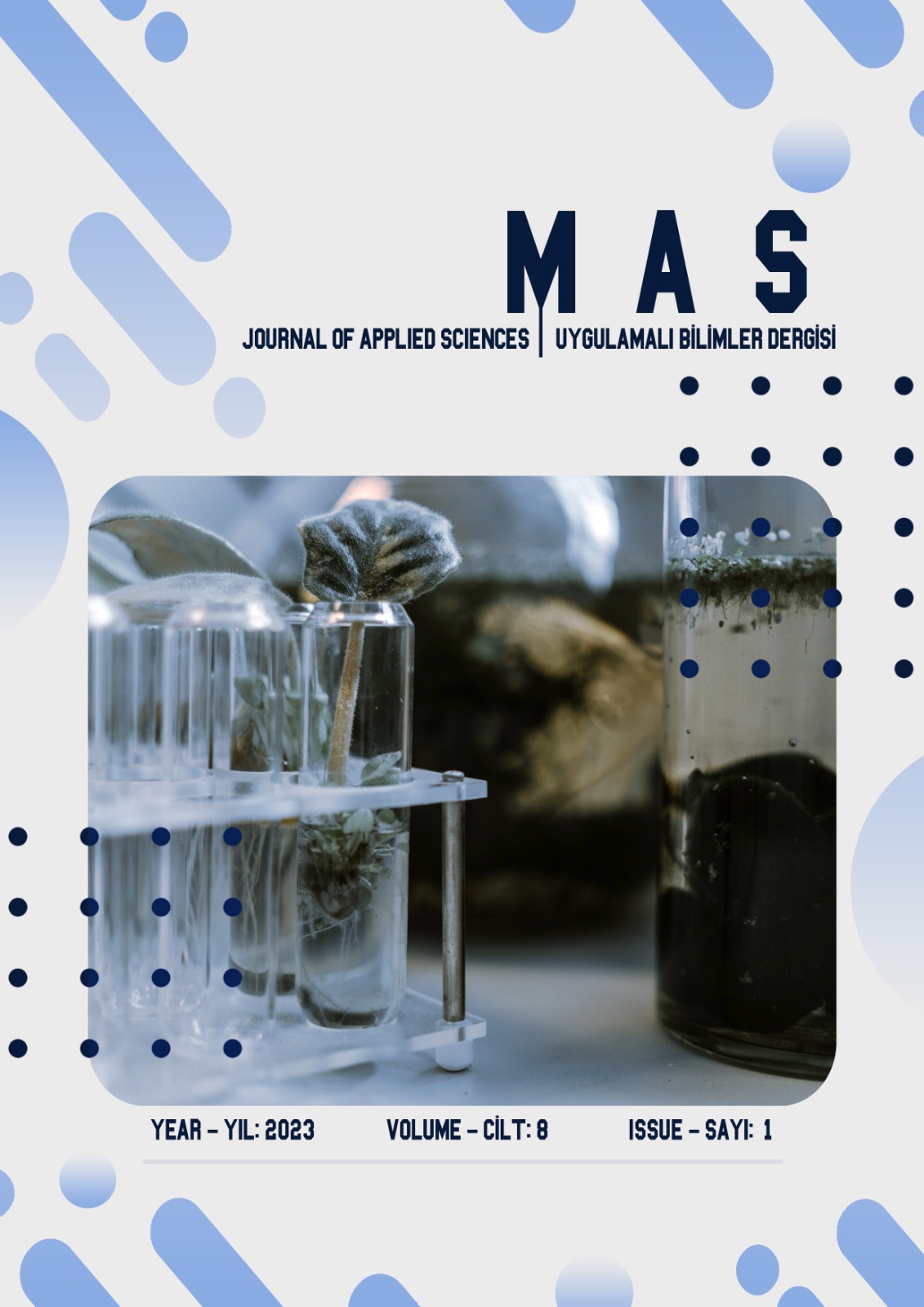Quality of Forages : Current Knowledge and Trends
DOI:
https://doi.org/10.5281/zenodo.7698209Keywords:
Forage, feed gap, conserved forage, quality, aflatoxinAbstract
Cool season grasses are the main component of pasture-based agriculture in temperate regions of the world. In warmer environments, warm season and tropical grasses (typically C4 plants) are commonly used. The continual invention of fresh feeds and forages will be essential in helping ruminant agriculture begin to adjust to the rising temperatures of the globe. Research projects in this area are urgently needed because it typically takes fodder breeding programmes 15 years to generate a new, performance-tested variety that can be included on recommended lists. Having insufficient feed to meet animal demands (feed gap) is a significant element that can limit productivity. When forage yield is low, forage conservation enables a greater supply of higher-quality feed. Greater productivity and improved bale quality will be in demand as commercial hay markets expand and livestock farms grow in size. The feel, texture, smell, and appearance of a hay crop are frequently used by forage buyers and sellers to evaluate and estimate its value. The producer or manager can develop a well-balanced diet, use forages more efficiently in feeding programmes, and more accurately appraise and market available forage lots by evaluating the forages' nutritional value.
References
Capstaff, N.M., Miller, A.J. 2018. Improving the yield and nutritional quality of forage crops. Frontiers in Plant Science, 9: 535.
Evers, G.W. 2011. Forage legumes: Forage quality, fixed nitrogen, or both. Crop science, 51(2): 403-409.
Halmemies-Beauchet-Filleau, A., Rinne, M., Lamminen, M., Mapato, C., Ampapon, T., Wanapat, M., Vanhatalo, A. 2018. Alternative and novel feeds for ruminants: nutritive value, product quality and environmental aspects. Animal, 12(2): 295-309.
Hancock, D.W., Saha, U., Stewart, R.L., Bernard, J.K., Smith, R.C., Johnson, J. M. 2014. Understanding and improving forage quality. UGA Extension Bulletin, 1425: 16.
Harris, P.A., Ellis, A.D., Fradinho, M.J., Jansson, A., Julliand, V., Luthersson, N., Vervuert, I. 2017. Feeding conserved forage to horses: recent advances and recommendations. Animal, 11(6): 958-967.
Hogh-Jensen, H., Nielsen, B., Thamsborg, S.M. 2006. Productivity and quality, competition and facilitation of chicory in ryegrass/legume-based pastures under various nitrogen supply levels. European Journal of Agronomy, 24(3): 247-256.
Kuusela, E., 2006. Annual and seasonal changes in mineral contents (Ca, Mg, P, K and Na) of grazed clover-grass mixtures in organic farming. Agricultural and Food Science, 15(1): 23-34.
Lascano, C.E., Schmidt, A., Barahona, R. 2001. Forage quality and the environment. The XIX International Grassland Congress, Sao Pedro, Brazil February 11-21.
Lemaire, G., Belanger, G. 2019. Allometries in plants as drivers of forage nutritive value: A review. Agriculture, 10(1): 5.
Moorby, J.M., Fraser, M.D. 2021. New feeds and new feeding systems in intensive and semi-intensive forage-fed ruminant livestock systems. Animal, 15: 100297.
Muck, R.E., Shinners, K.J. 2021. Conserved forage (silage and hay): progress and priorities.
Pirhofer‐Walzl, K., Søegaard, K., Høgh‐Jensen, H., Eriksen, J., Sanderson, M. A., Rasmussen, J., Rasmussen, J. 2011. Forage herbs improve mineral composition of grassland herbage. Grass and Forage Science, 66(3): 415-423.
Smith, M.C., Madec, S., Coton, E., Hymery, N. 2016. Natural co-occurrence of mycotoxins in foods and feeds and their in vitro combined toxicological effects. Toxins, 8(4): 94.
Soder, K.J., Stout, W.L. 2003. Effect of soil type and fertilization level on mineral concentration of pasture: Potential relationships to ruminant performance and health. Journal of Animal Science, 81(6): 1603-1610.
Tracy, B.F., Foster, J.L., Butler, T.J., Islam, M.A., Toledo, D., Vendramini, J.M.B. 2018. Resilience in forage and grazinglands. Crop Science, 58(1): 31-42.
Udomkun, P., Wiredu, A.N., Nagle, M., Müller, J., Vanlauwe, B., Bandyopadhyay, R. 2017. Innovative technologies to manage aflatoxins in foods and feeds and the profitability of application–A review. Food control, 76: 127-138.
Downloads
Published
How to Cite
Issue
Section
License
Copyright (c) 2023 The copyright of the published article belongs to its author.

This work is licensed under a Creative Commons Attribution-NonCommercial 4.0 International License.


